🦎 Introduction
Leopard geckos are cold-blooded desert reptiles, meaning they rely on external heat sources to regulate body temperature, digest food, and stay healthy. Incorrect temperatures are one of the most common causes of appetite loss, lethargy, and illness in geckos.
In this guide, you’ll learn the ideal temperature ranges for different areas of the enclosure, heating equipment options, and how to monitor and maintain temperatures correctly.
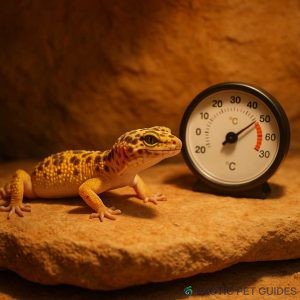
📊 Ideal Temperature Zones in a Leopard Gecko Enclosure
Leopard geckos require a temperature gradient to move between warmer and cooler areas as needed.
| Zone | Ideal Temperature | Purpose |
|---|---|---|
| Warm Side (Basking Zone) | 88–92°F (31–33°C) | For digestion and activity |
| Cool Side | 75–80°F (24–27°C) | For thermoregulation |
| Nighttime | 70–75°F (21–24°C) | Acceptable natural drop |
| Under Tank Temp | 90°F (32°C) max | Belly heat for digestion |
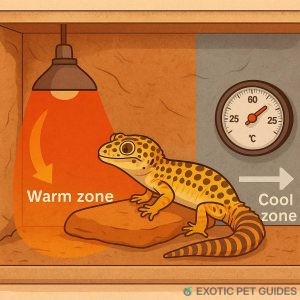
🔥 Heating Equipment Options
1. Under Tank Heater (UTH) – Recommended
- Provides essential belly heat
- Controlled by thermostat
- Should cover 1/3 of tank floor (warm side)
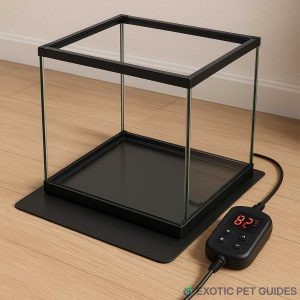
2. Ceramic Heat Emitters (CHE) – Optional for Night Heating
- Produces heat without light
- Great for maintaining temp in cooler rooms
- Must use with a thermostat
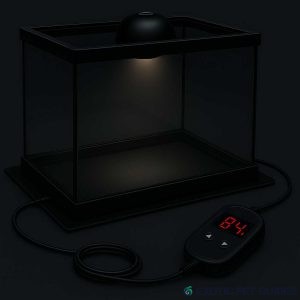
3. Basking Bulbs (With Caution)
- Visible light + heat, mostly for day heating
- Can dry out enclosure too much
- Not required for nocturnal species like leopard geckos
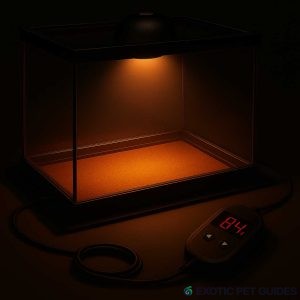
📏 How to Monitor Tank Temperatures
Using accurate tools is critical—analog “stick-on” thermometers are often unreliable.
✅ Recommended tools:
- Digital probe thermometer for both hot and cool sides
- Infrared temperature gun for spot-checking surfaces
- Thermostat to control any heat source
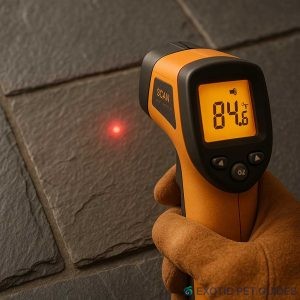
🛑 Common Mistakes to Avoid
- ❌ No thermostat — leads to overheating
- ❌ Heat lamp only — doesn’t provide belly heat
- ❌ Using heat rocks — unsafe and can cause burns
- ❌ No temp gradient — gecko can’t self-regulate
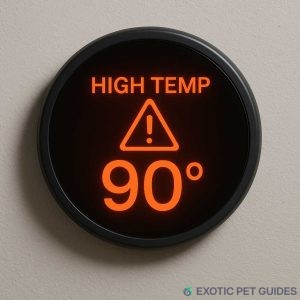
🌙 Nighttime Heating: Is It Needed?
- If your room stays above 68°F (20°C) at night: no heater required
- If it drops below 65°F (18°C): use a low-watt CHE or UTH on a thermostat
🐾 Conclusion
Keeping proper temperatures is essential to your leopard gecko’s health. Invest in a good UTH with thermostat, ensure a clear temperature gradient, and always monitor both sides of the tank. A warm, stable environment = a happy, healthy gecko.